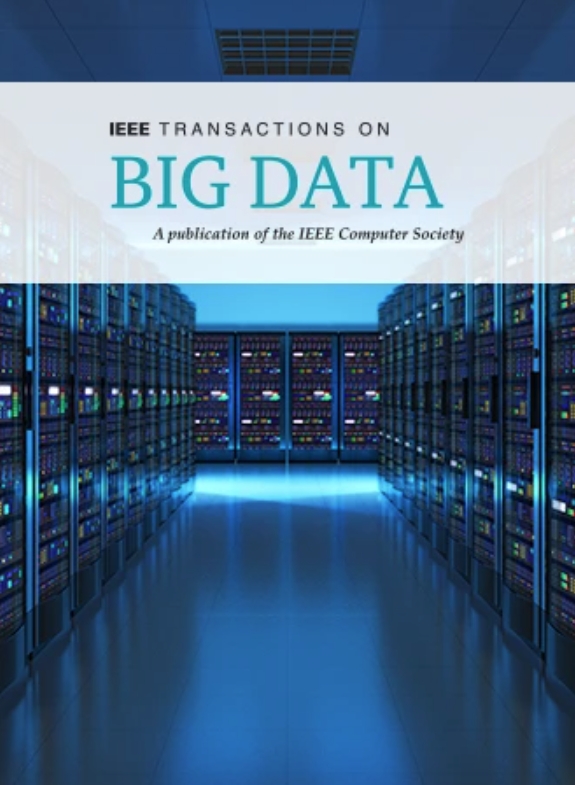Learning From Crowds Using Graph Neural Networks With Attention Mechanism
IF 7.5
3区 计算机科学
Q1 COMPUTER SCIENCE, INFORMATION SYSTEMS
引用次数: 0
Abstract
Crowdsourcing has been playing an essential role in machine learning since it can obtain a large number of labels in an economical and fast manner for training increasingly complex learning models. However, the application of crowdsourcing learning still faces several challenges such as the low quality of crowd labels and the urgent requirement for learning models adapting to the label noises. There have been many studies focusing on truth inference algorithms to improve the quality of labels obtained by crowdsourcing. Comparably, end-to-end predictive model learning in crowdsourcing scenarios, especially using cutting-edge deep learning techniques, is still in its infant stage. In this paper, we propose a novel graph convolutional network-based framework, namely CGNNAT, which models the correlation of instances by combining the GCN model with an attention mechanism to learn more representative node embeddings for a better understanding of the bias tendency of crowd workers. Furthermore, a specific projection processing layer is employed in CGNNAT to model the reliability of each crowd worker, which makes the model an end-to-end neural network directly trained by noisy crowd labels. Experimental results on several real-world and synthetic datasets show that the proposed CGNNAT outperforms state-of-the-art and classical methods in terms of label prediction.基于注意机制的图神经网络群体学习
众包在机器学习中发挥着至关重要的作用,因为它可以以经济快速的方式获得大量的标签,用于训练日益复杂的学习模型。然而,众包学习的应用仍然面临着一些挑战,如群体标签的质量不高以及对适应标签噪声的学习模型的迫切要求。为了提高众包获得的标签的质量,已经有很多研究集中在真值推断算法上。相比之下,在众包场景下的端到端预测模型学习,特别是使用尖端的深度学习技术,仍处于起步阶段。在本文中,我们提出了一种新的基于图卷积网络的框架,即CGNNAT,该框架将GCN模型与注意机制相结合,对实例的相关性进行建模,以学习更具代表性的节点嵌入,从而更好地理解人群工作者的偏见倾向。此外,在CGNNAT中使用特定的投影处理层对每个人群工作者的可靠性进行建模,使该模型成为一个端到端的神经网络,直接由噪声人群标签训练。在多个真实数据集和合成数据集上的实验结果表明,所提出的CGNNAT在标签预测方面优于最先进的和经典的方法。
本文章由计算机程序翻译,如有差异,请以英文原文为准。
求助全文
约1分钟内获得全文
求助全文
来源期刊

IEEE Transactions on Big Data
Multiple-
CiteScore
11.80
自引率
2.80%
发文量
114
期刊介绍:
The IEEE Transactions on Big Data publishes peer-reviewed articles focusing on big data. These articles present innovative research ideas and application results across disciplines, including novel theories, algorithms, and applications. Research areas cover a wide range, such as big data analytics, visualization, curation, management, semantics, infrastructure, standards, performance analysis, intelligence extraction, scientific discovery, security, privacy, and legal issues specific to big data. The journal also prioritizes applications of big data in fields generating massive datasets.
 求助内容:
求助内容: 应助结果提醒方式:
应助结果提醒方式:


